Two Lands, One Stillness
Four months ago, I lived among Bedouins in the deserts of modern Arabia making a film. A people of the wind, whose lives carried the rhythm of a world unhurried by time. Three days ago, I watched the sun rise over the green steppes of Töv, in the heart of central Mongolia.
A lone eagle soared above me. The silence moved between the folds of the mountains with the same grace I once felt in the shifting dunes of Dhaid. Out of unthinking habit, my camera followed its glide from horizon to horizon. It felt like a deja vu moment — an eagle instead of falcon, mountain instead of desert, horse instead of camel.
It struck me how far apart these places were — over 5,100 kilometers, across continents, climates, and centuries of cultural divergence — and yet how strangely familiar they felt.
The Bedouins of Dhaid and the Nomads of Mongolia. They wear different names. They wrap themselves in different fabrics, shelter under different skies, rear different animals, and speak languages neither would understand. And yet, if you squint the eyes of your mind just slightly — soften the noise of difference and let rhythm lead — they slowly begin to feel like different verses in the same poem.
I had always thought of the Bedouins as unique — a people apart. But in the stillness of the Mongolian dawn, I began to wonder if I had only seen one side of a much wider tribe.
I wondered: had I been drawn back to this land, because I was ready? My last journey through Mongolia had none of the vulnerabilities of capturing, synthesizing and sharing a story. I wasn’t even aware back then, that it would take letting go of my view, to be able to see theirs. I did return with portraits, yes — but when I look back, they were at best, scattered moments, not stories.
Echoes in the Mountains
The overwhelming familiarity on the first morning, led to a solitary aha moment — I was inside an echo. Both the echo of witnessing two peoples connected by ways of their land, but also an echo of me having been here before — filming, writing, finding new places to belong, and new selves to become. Discovering the price of being revealed through our stories.
Through my film Bedouins of the Wind, I slow-burned into thinking that perhaps we all have a Bedouin inside us, one that refuses to fade. In Dhaid, I believed that I had finally found my tribe. Here, in this echo world of the Mongolian steppes, I felt it again. I was about to discover another world, so viscerally different, yet starkly the same, to me.
In my mind’s eye, a split-screen of two worlds was emerging. Two peoples whose values echo each other in silence. The centrality of family. The moral weight of hospitality. The sacredness of the guest. The survival as pastoralists unbound by season or pattern. They live not just with the land, but by it — reading it like a text written in wind, shadow, and rain. And most of all, they both seem to carry a quiet agreement with the world: that stillness is not absence, and silence is not empty.
Stories Build from Stories
A few weeks ago, I was in Toronto screening my film — a poetic meditation born out of a 100-day immersion with a Bedouin family in the Emirates. It’s a film about camels, yes — but really, it was about time, and how one Bedouin named Abdulaziz lives within it, like his grandfather had, and his father before him.
After the screening, I found myself both full and hollow — full of stories told, but hollowed by what sharing them takes from you — something I wrote about in my last piece. Shortly after, I was on a plane to Ulaanbaatar, headed for a place I had no plans to visit since my last trip in 2019. It wasn’t escape, or even curiosity. It was a pull I didn’t quite understand until I arrived — until the wind touched my face in that same old way as that distant desert at home.
And so, following a whisper of instinct more than any plan, I arrived at a camp nestled in a green valley, where the air carried smoke, rain and the soft heaviness of a coming storm that evening. A young man named Batu, one of the caretakers of the camp, silently took my gear from the van, and walked to my ger (a circular nomadic yurt). He lit the brown metal fire stove at the center of my perfectly round ceiling with freshly cut wood as kindling, and nodded without a word.
I felt like I had been here before. Except it was a blue metal fire stove at the corner of a Bedouin tent that first night in Dhaid. It bothered me at first that everything felt like another version of the same thing. But then it hit me: could a memory echoing through the prism of another form something new entirely — not a repetition, but a synthesis? A third memory, layered with meaning neither could carry alone?
I didn’t realize it then, but I was about to experience the next few days punctuated with this same becoming of a third memory kind-of-feeling. And the awareness that stories never stand alone, they only ever build from stories we have already lived.
What Is Told and What Is Felt
Everything here looked different. The terrain, the light, the sound of language spoken around me. The horses instead of camels. The color of their clothes. The shape of their tents. But something stirred that I had felt before — in the deserts of Dhaid, waking up to the sight of Abdulaziz brushing down his camels at dawn, the hush of the world unbroken by any voice.
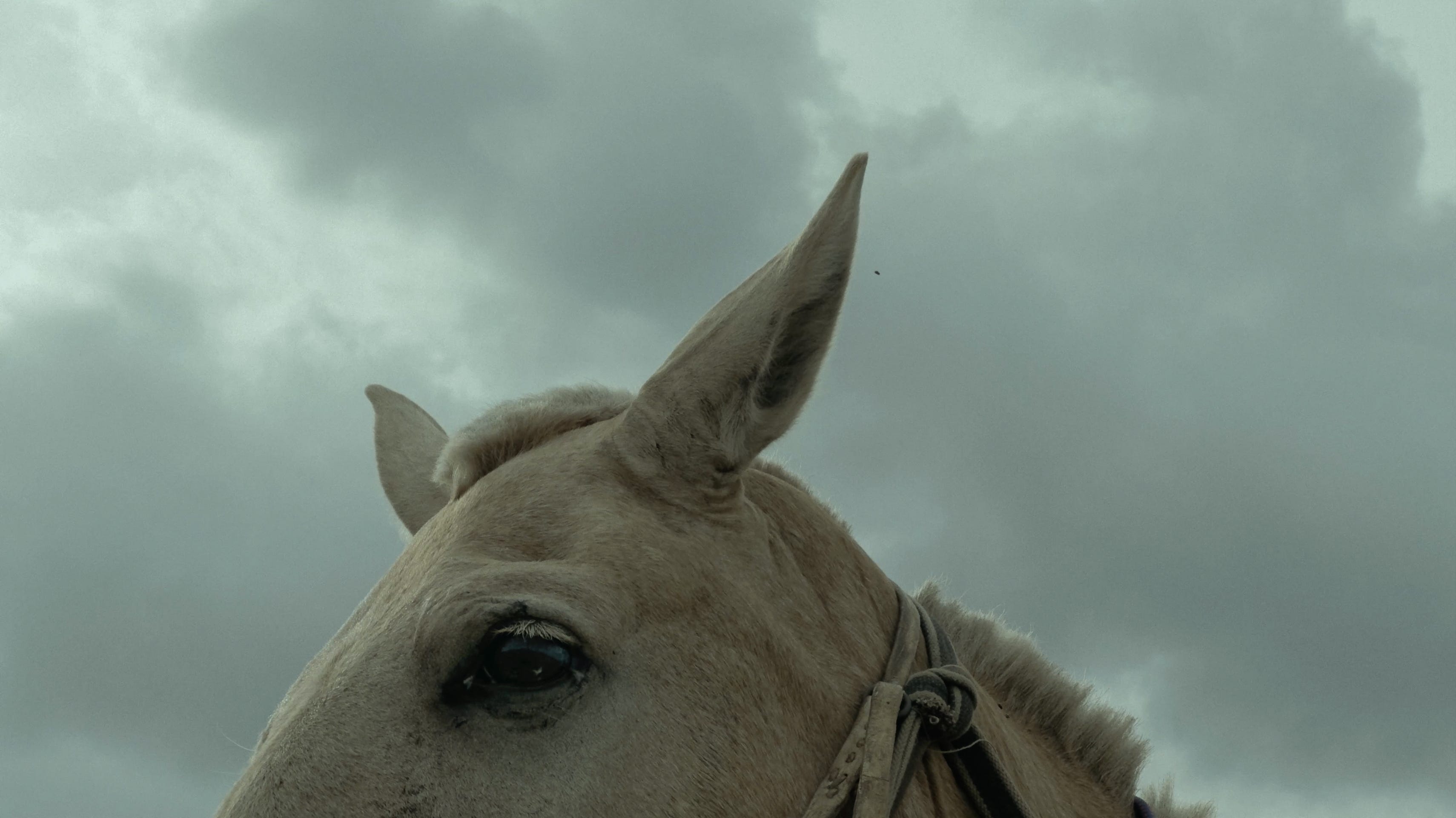
It happened most powerfully on the second morning. Our two nomad guides, Mogi and Mogi, walked toward our nine horses in the morning sun, under a sky that was half storm, half sun. One of them, walked with an ease that can’t be taught. Robed in a del (traditional Mongolian robe). A cigarette hung effortlessly from his lip, and his face, cracked from years of wind and sun, carried the same calm strength I saw in Abdulaziz every time he approached Shababi, his camel. I instinctively raised the camera and followed framing him in an over-the-shoulder shot, as he moved toward the horses. Behind him, a few horses grazed in stillness while others left the most deliberate markings in the earth — their droppings, a reminder that even in pause, life was cycling on.
It was the same film. A different land. But the same story — and this time, I knew just how much the telling would change me.
Stories Reveal Us, Quietly
Each evening, after long hours of riding, bruised legs, and cracked joints, we would gather inside one of the larger tents — the kind used for meals and warmth and late-night tea. My guide, Chaga, a 55-year-old woman whose story felt like a legend whispered into firelight, would sit beside me as I reviewed the day’s rushes. She had survived her childhood by crossing 400 kilometers on horseback each season, carrying every family possession, with a little sister, and mother who asked only for endurance. She would go on to live in London, learning to speak English working in a culture shock of change over ten years. One night, as we listened to the wind howl around us and watched the footage playback in flickering shadows, she narrated a memory.
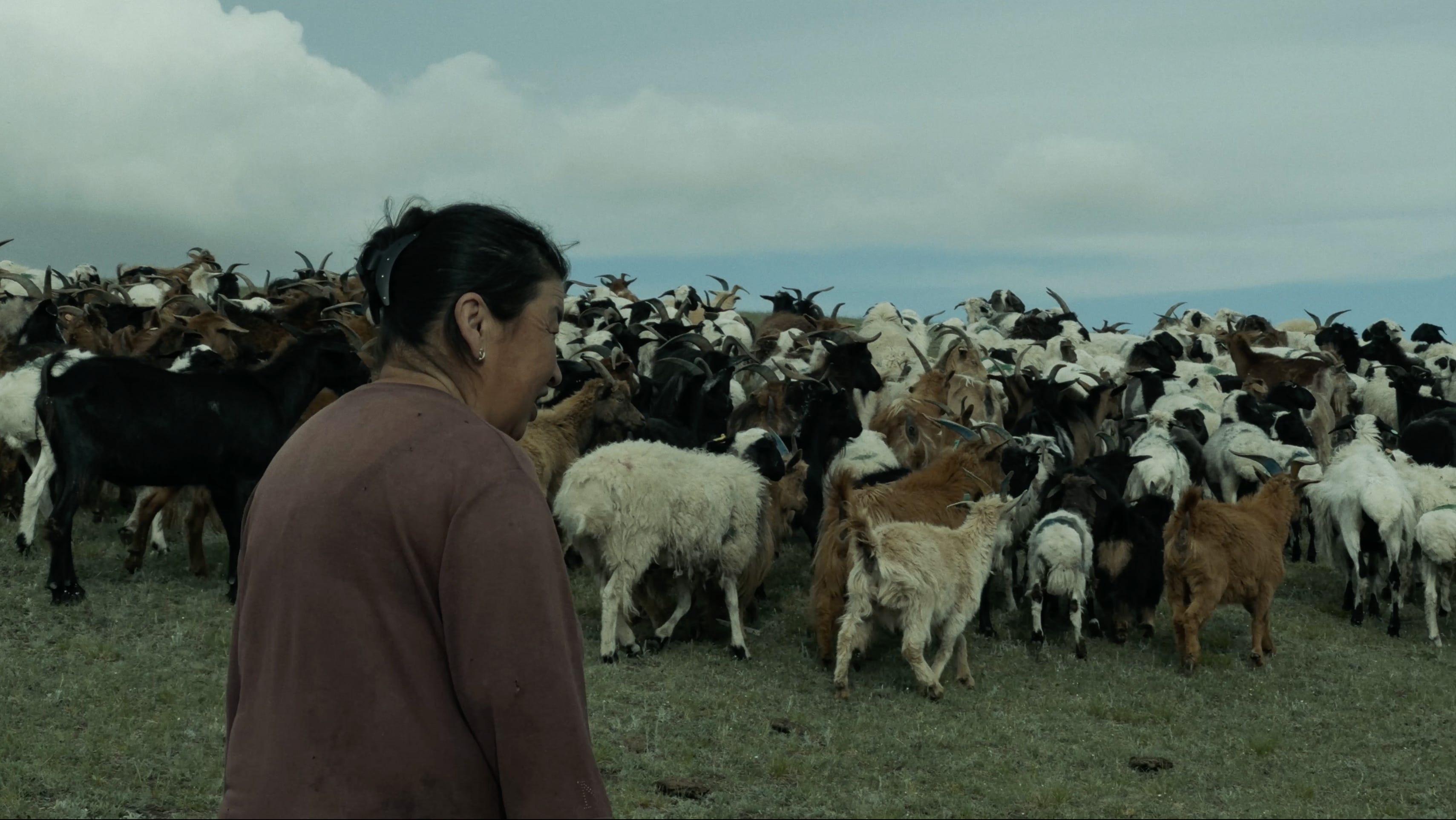
Her sister had been crying on one of those long treks, and their mother had asked Chaga to check on her. But Chaga’s body was so frozen she couldn’t turn. When they stopped at their next rest, her mother found the child with her hat fused to her head — the water on it had frozen into an ice cap, sharp and stuck. She was six years old.
The story shook something in me, not only because of its harshness, but because of its familiarity. I had listened to Abdulaziz, my Bedouin protagonist in Dubai, recount walking from Dhaid to Ras Al Khaimah with his father as a child, leading camels on foot for three days at a time. There was no complaint in his telling. No drama. Just the facts of life before roads were paved. And here I was again, half a world away, hearing a woman recall her pain with the same matter-of-fact stillness — the same acceptance of what survival once meant.
Could people so disconnected from each other be so intrinsically the same in how they endure time? And what does it mean to seek and witness stories shared with you? That stayed with me. I wondered — when someone entrusts you with their story, is what moves you a reflection of them — or of you?
Of Those Who Wait
The days were punishing. We rode nearly 50 kilometers a day. I could barely lift myself off the saddle. My right knee was seizing, my ribs were sore, and I had to be helped down by the horse guide, who treated the moment as routine — as though this too was part of the journey. It wasn’t the pain that humbled me most, though. It was what I saw when I stopped moving.
Because while we rode, there were others who waited. The drivers, the chef, the tent keepers, the horsemen who stayed behind and prepared camp again and again, who tied each horse to a long rope staked deep into the earth so they could neither fight nor feel alone. The ones who moved silently in and out of the frame. They never rushed. They never tired. And they never paused long enough to be acknowledged. It was as if these nomads, and my Bedouins were bound by an invisible thread.
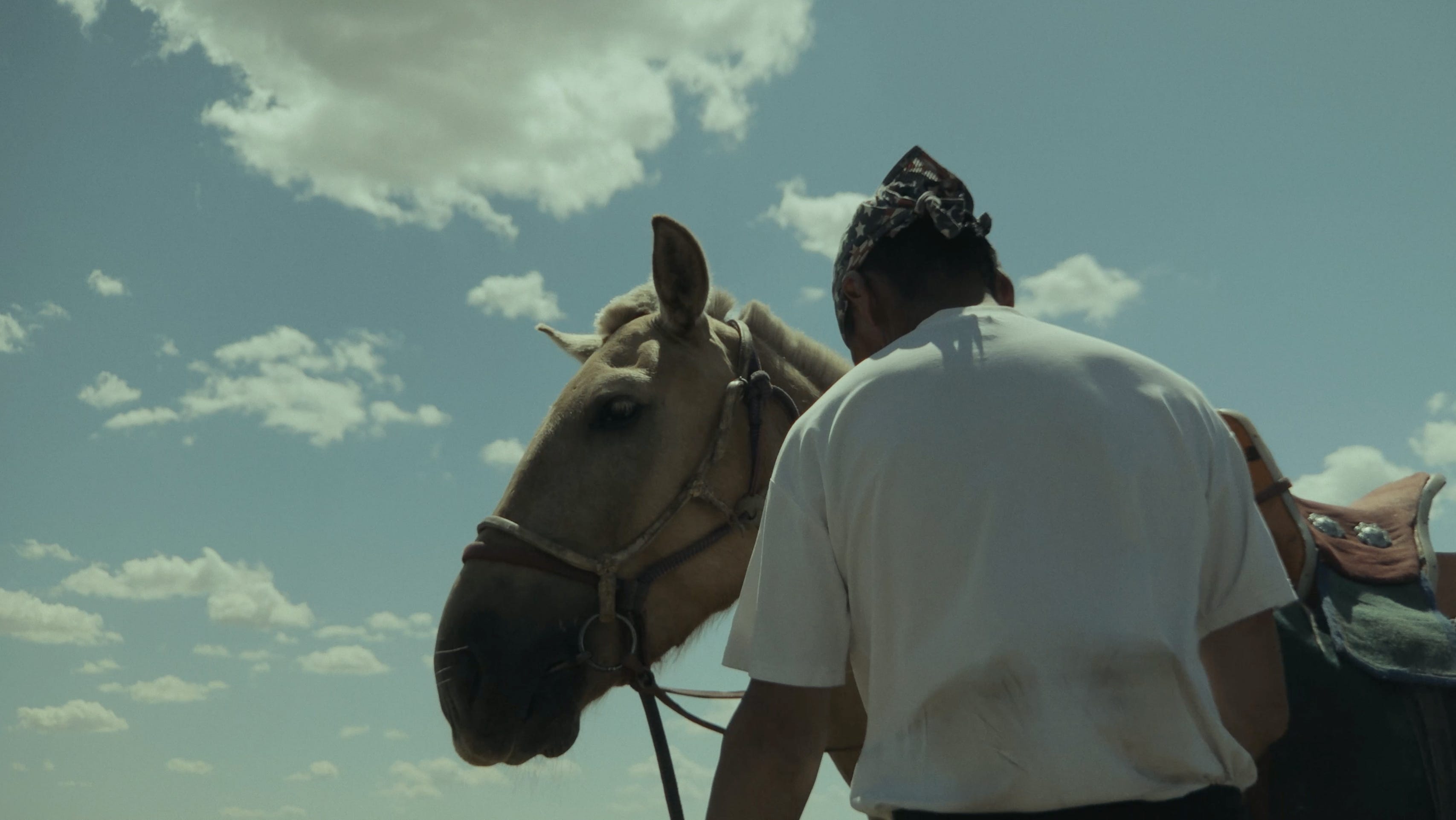
Each gesture was ritual. The washroom tent re-pitched daily, the food prepared before first light, the fire lit when rainclouds formed, the saddle pads mounted, checked and rechecked. They did all this without applause, without witness. And yet it was their labor that made our journey possible.
I found out, much to my surprise, that all Mongolian horses are wild. Even the ones we rode had only been caught and trained briefly in the past, then released back into the wild after each trip. It changed the way I saw every hoofprint. Every distant silhouette. These weren’t domesticated animals serving a human routine. They were companions in a temporary agreement — part of a rhythm older than any route we had mapped. They too waited, much like my nomadic hosts, when the rest of us were busy doing what we do.
Stories That Kept Returning
What began as a week of riding had become something more — a film I didn’t plan to make, now quietly forming itself from the silent footage I captured. I hadn’t meant to pick up the camera this way again. I thought I had said what I needed to say in Bedouins of the Wind. But the moment I started reviewing the clips each night — the wide shots of mountains breathing, the gestures of hands folding ropes, the soft laughter between guides under headlamps — I realized I was back in the same story. Different setting. Same soul.
And in an echo of my last essay, I was reminded that telling someone else’s story often reveals your own. Watching these nomads speak without needing words, carry without needing thanks, and live in a silence that made space for me, I realized I was being seen in ways I hadn’t anticipated. Their way of life held up a mirror. Not just to the Bedouins I had known, but to the version of myself that felt most at home — one that had learned to slow down, to listen, to move without noise. To belong amongst those who don’t settle.
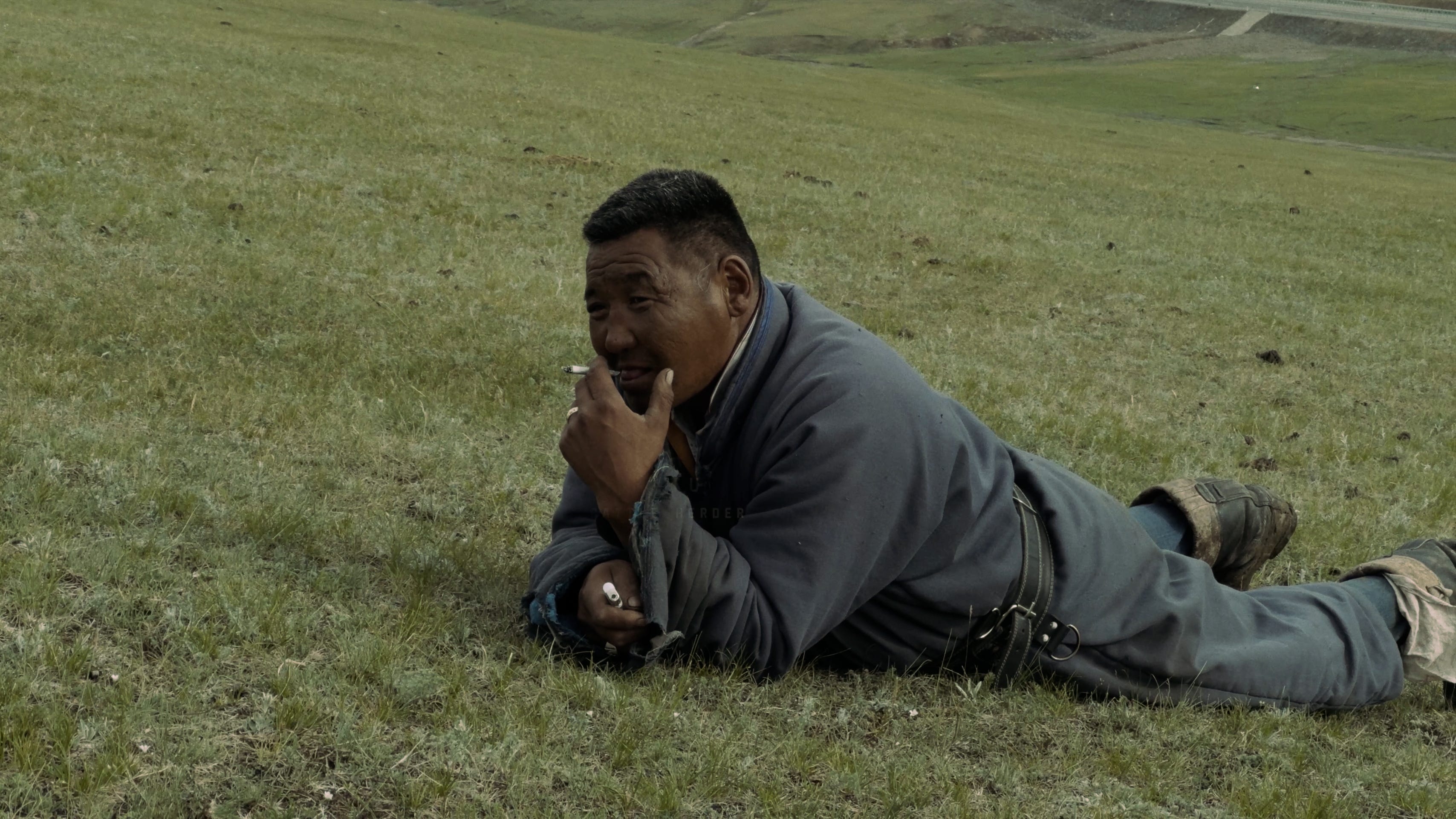
I returned to the medium of film, but found I was also returning to a version of myself — one that still believes stories can stitch a world back together, one quiet moment at a time.
If Mongolia taught me anything, it’s that stories don’t just reveal what we see — they remind us how to see. And that rhythm — of fire lit, tea poured, silence shared — is the same, no matter the name of the wind that carries it.
And if I have learned anything from these two worlds — the Bedouins of Arabia and the Nomads of Mongolia — it is that distance does not divide us as much as rhythm unites us. The rhythm of making fire. Of boiling tea. Of listening before speaking. Of walking beside animals who choose whether or not to follow. Of building your home wherever your feet have stopped for the night — and dismantling it again without complaint when it is time to go. The rhythm of story-living and story-telling.
The Quiet Continuum
There is a short film now forming itself from the stillness of these days. It does not announce itself. It waits. Like the people who made it possible. Like the horses who disappear into the hills once unroped. Like the stories that return not when we call them — but when we are finally quiet enough to hear.
And so I follow it. Yes, because I found a story to tell, but more because the act of telling changes the one who tells it. Because once you step into two worlds that speak in different tongues but the same silence — you begin to understand: a story is not a line. It is a loop. A rhythm. A memory returning in disguise.
You do not carry stories. They carry you. They take your hand in one country, and lead you into another. They borrow your voice, and leave behind their shape. What I found between Bedouins and nomads was less resemblance, more remembrance.
That to survive without rush. To give without ceremony. To speak less, and mean more — is a kind of storytelling, too. And if there is a thread that ties these lives to each other, and ties mine to them both, it is this:
As storytellers, we are only ever the echo, not the author.
The wind does not need to know your name. But when you let it pass through you — you become part of the telling.
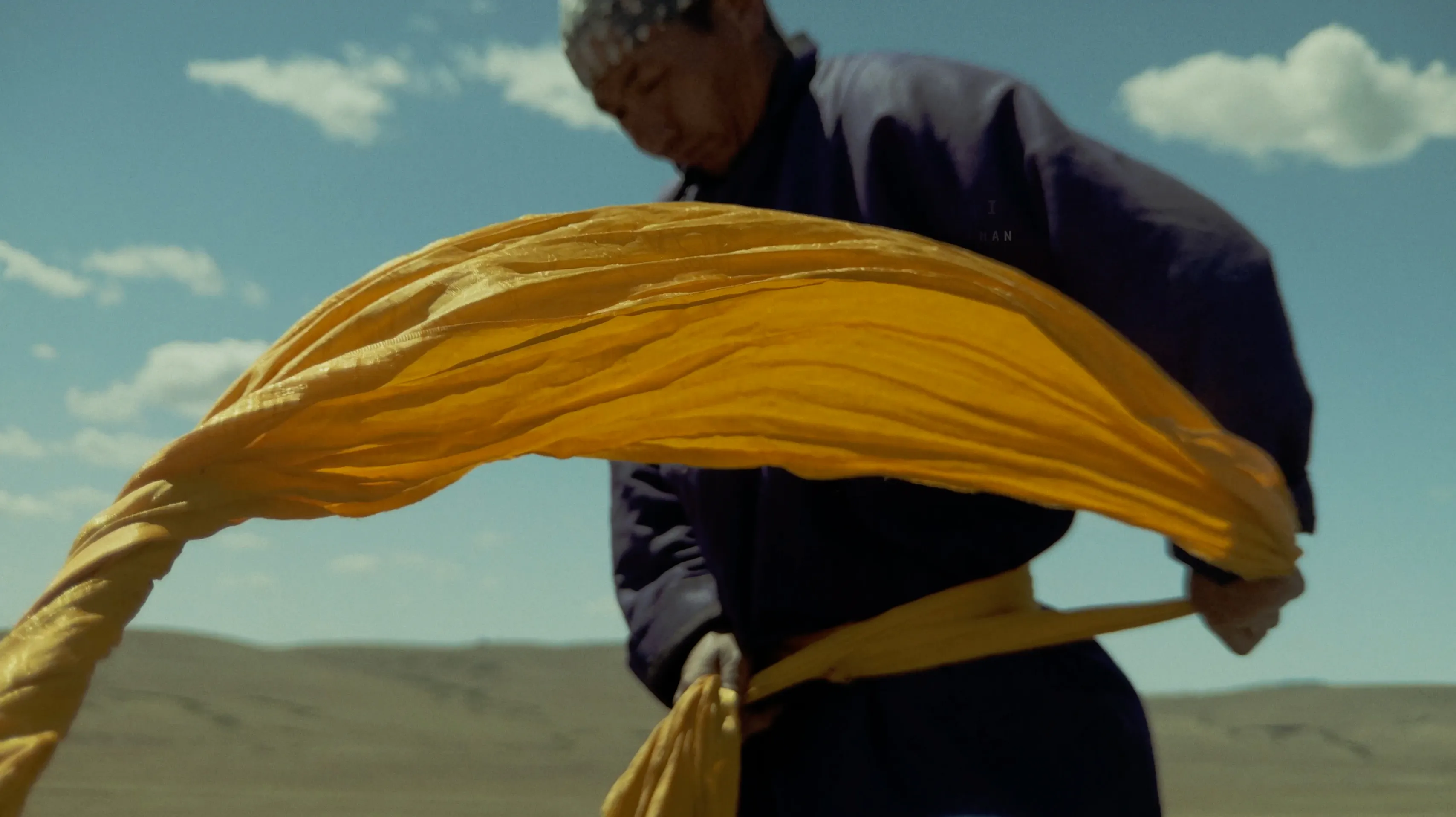

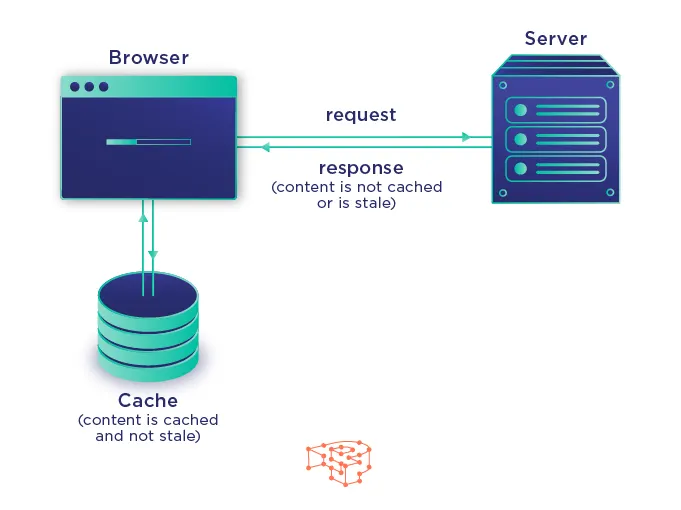
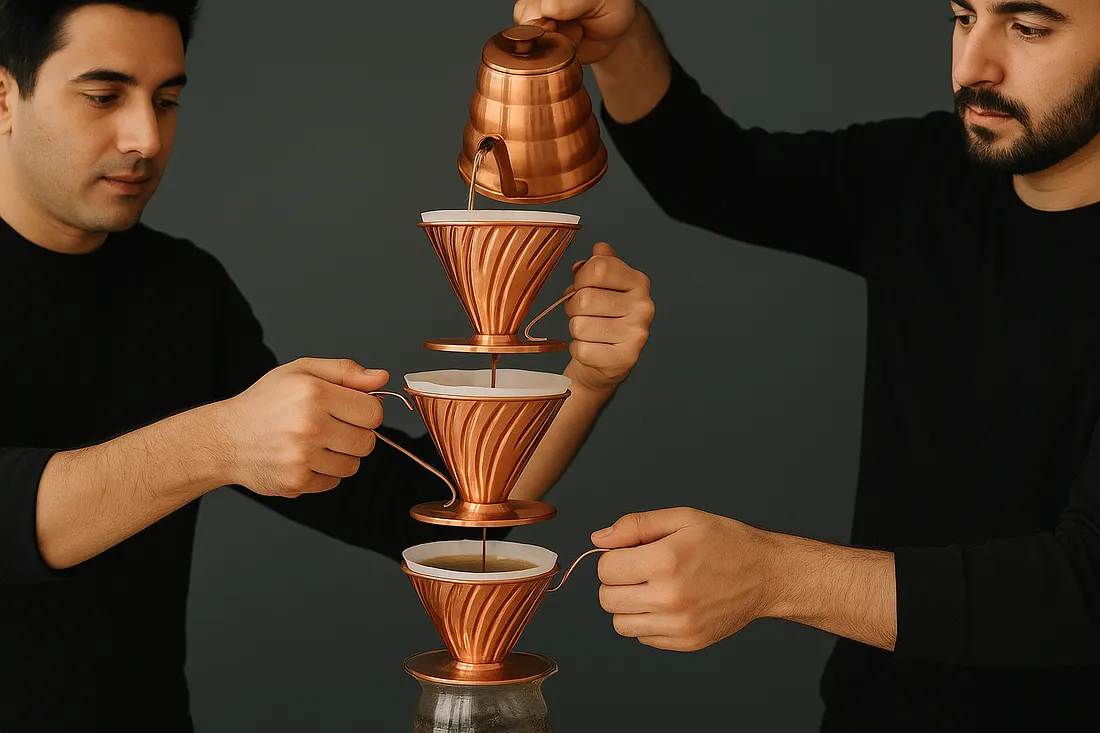

A truly beautiful piece of writing, each paragraph telling a different story. Impressive!